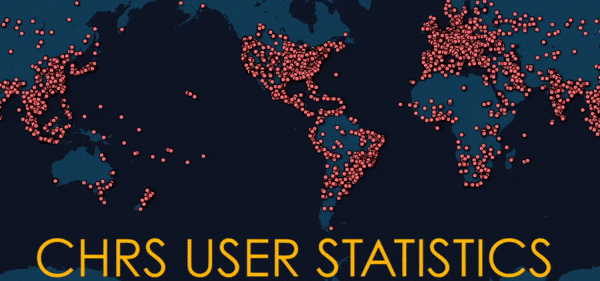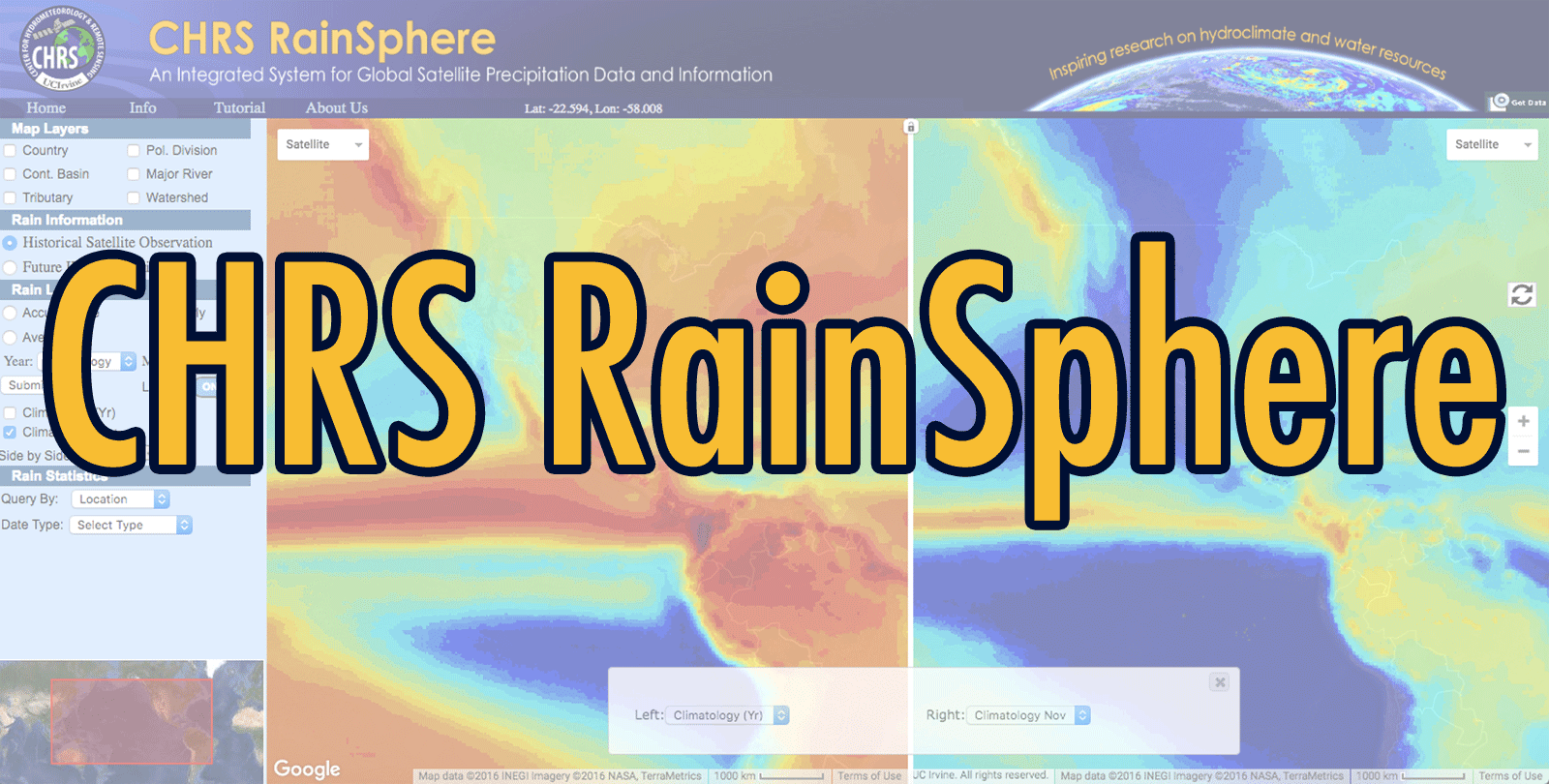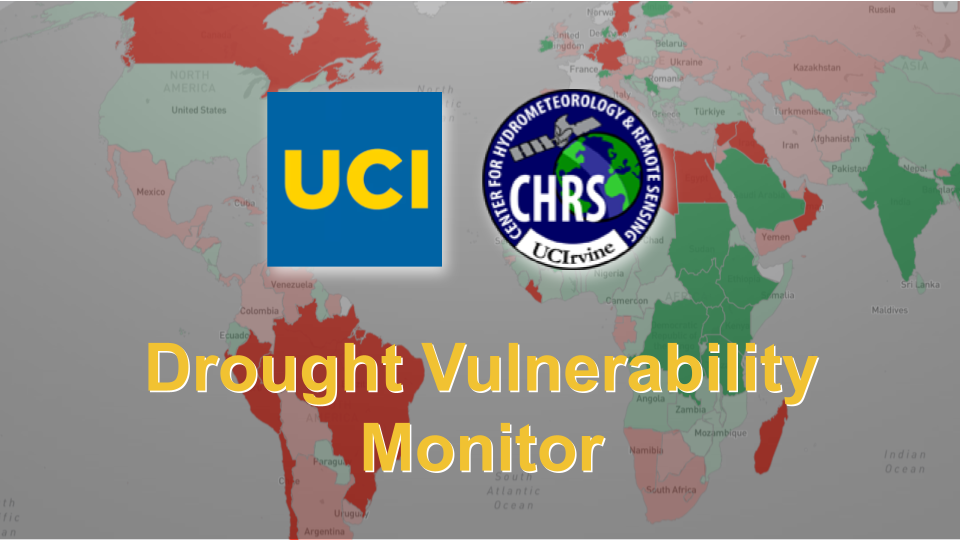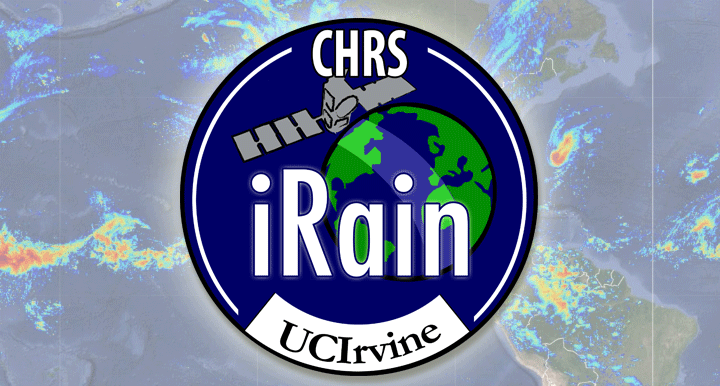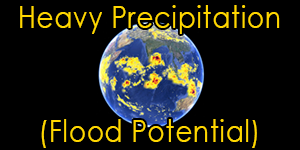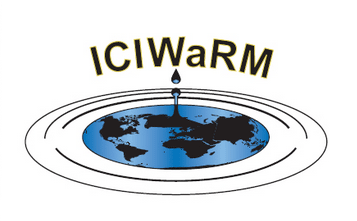An assessment of unprecedented extreme precipitation events over Iran: From satellite perspective
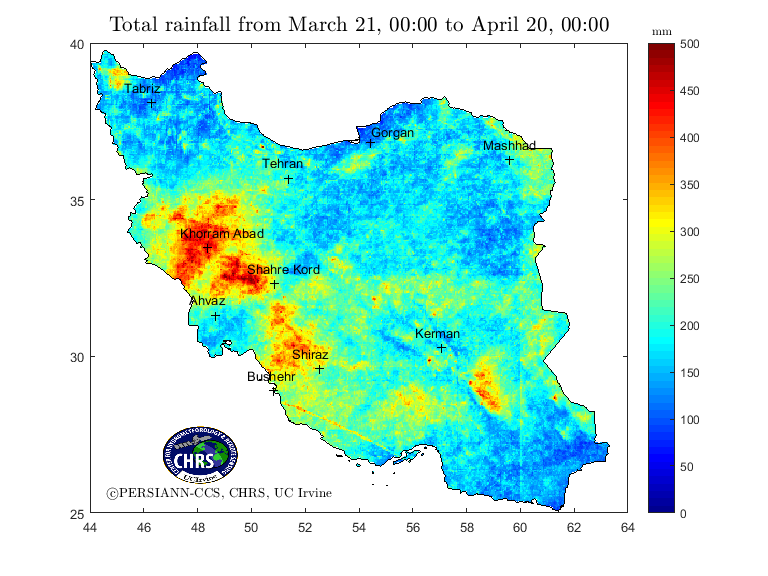
A series of devastating floods and flash floods have deluged large parts of Iran following the unprecedented rainfall events from March 17th to April 20th.
Highlights and summary of our findings
1. Total rainfall accumulation from March 20th to April 21st, 2019 for the Western part of Iran was close to 40% of the mean annual rainfall from 2003 to 2018.
2. The rainfall accumulation for the western cities of Shiraz, Khorram Abad, Ahvaz, and Shahre Kord is 78%, 71%, 52%, and 49% of the mean annual rainfall from 2003 to 2018 for each city respectively.
3. The total amount of rainfall in five days (March 24th-25th and March 30th-April 1st) were responsible for 40 to 65 percent of total accumulation for the major cities over the Western part of Iran during the entire month (March 20th to April 21st).
4. Based on our 35-year record of satellite observations (PERSIANN-CDR) the total amount of precipitation for the entire 30 days period of March 20th to April 21st (Month of Farvardin, 1398) represents the highest ever recorded.
5. Our high resolution (4-kilometer, half-hour accumulation) data also shows that the city of Poldokhtar in Lorestan Province received 33 mm of rainfall in an hour (at 6:00 am of the local time), which intensified the engulfment of the city by flood water and turned some roads into a river.
Takeaways
1. This is another in a series of wake up calls about the future of global climate norms and a clear example of the consequences of climate change on the intensification of the hydrologic cycle of our planet, which is resulting in global record-breaking extremes (both floods and droughts).
2. After almost a decade of persistent drought, it only took a small number of back-to-back atmospheric rivers (ARs) to be favorably positioned by atmospheric circulations to bring unprecedented amounts of record rainfall and eliminate hydrometeorological droughts in a very short time.
3. Similar situations have been experienced globally and with respect to the United States, the recent (2018-2019) extreme rainy seasons in California and Texas are good examples.
4. The main take home message is that the need for adaptation policies and mobilization to cope with the consequences of such extremes and their associated hazards is greater than ever.
Background
A series of devastating floods and flash floods have deluged large parts of Iran following the unprecedented rainfall events from March 17th to April 20th. Moisture-loaded atmospheric river (AR) events targeted northern regions on the shores of the Caspian Sea started in Golestan Province in northeast Iran, followed by several extreme events impacted 25 out of 31 provinces of the country, and major cities including Tabriz, Tehran, Shiraz, Khorram Abad, Shahre Kord, Mashhad, Kerman, Ahvaz, and Gorgan. The hardest-hit city was Shiraz with a population of 1.8 million. Shiraz is about 100 miles inland with a Mediterranean climate, averaging 48.5 mm of rain in March, according to the World Meteorological Organization (https://public.wmo.int/en). These recent torrential downpours in Iran can be attributed to a large-scale meteorological phenomenon that originates from the Middle East and Europe. The narrow high-pressure jet streams traveling through two primary corridors over Europe and northern Africa hit the cloudy regions with low-pressure system near the Mediterranean region. As a result, they expelled the clouds to the Middle East region and generated heavy and persistent rainfalls over Iran, Iraq, and Afghanistan. The heavy storms coincided with the seasonal melting of snow cover over the mountainous regions, which caused unprecedented flooding in many parts of Iran. At the time of this writing, at least 76 people have been reported dead, along with hundreds of injured and millions forced to relocate. The damage is expected to cost around $2.5 billion dollars and as official IRanian News Agency (IRNA) reports, more than 14,000 kilometers of roadways and 10,900 infrastructures including bridges, channels, and culverts have been destroyed (http://www.irna.ir/fa/news/83278793).

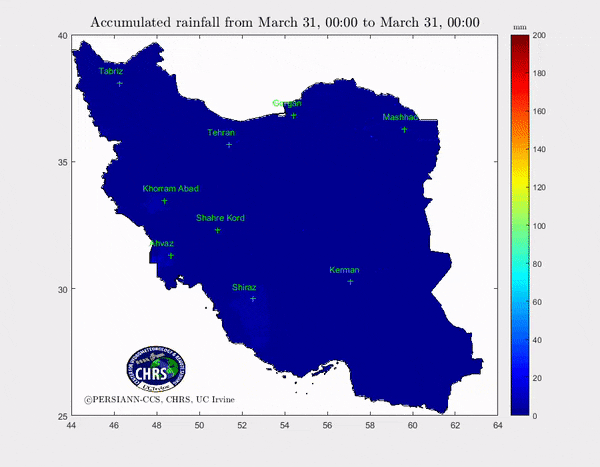
Timelapses (non-accumulation and accumulation) of the AR that hit Iran on March 31st - April 1st.
However, not all the news is bad. Water levels in Lake Urmia, the second-largest saltwater lake in the Middle East, rose by 62 cm compared to spring 2018. This lake is located in northwestern Iran and has shrunk by 80% in the last three decades due to drought and high water demands on the lake. The torrential rains have replenished the water levels of this aquatic gem and expanded its volume nearly two-fold from a year ago from intense rains and the seasonal melting of snow cover in the mountains (https://earthobservatory.nasa.gov/images/144848/reviving-the-shriveled-lake-urmia).






